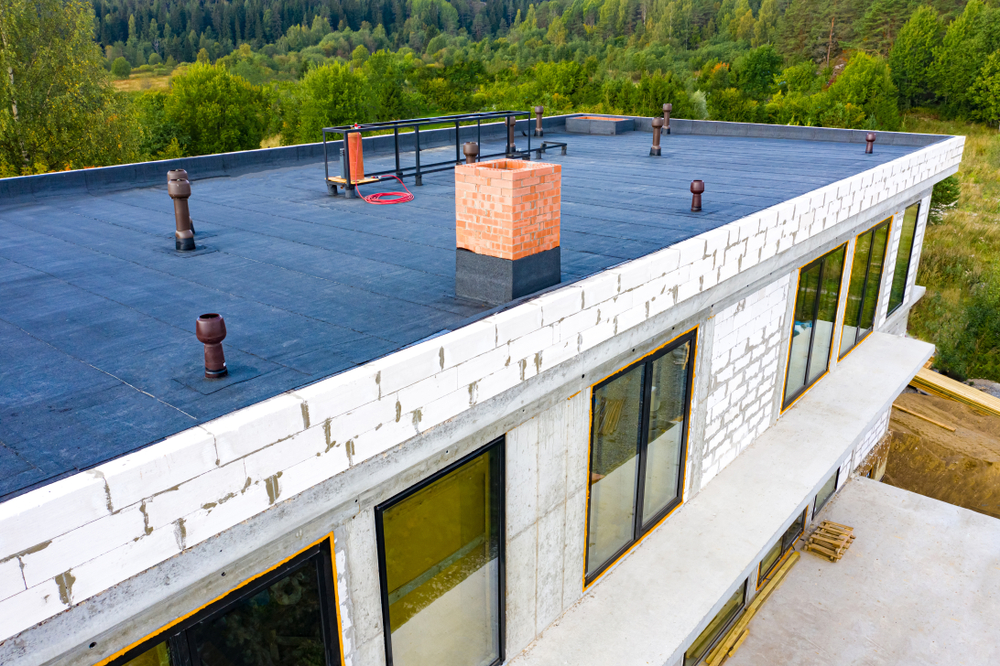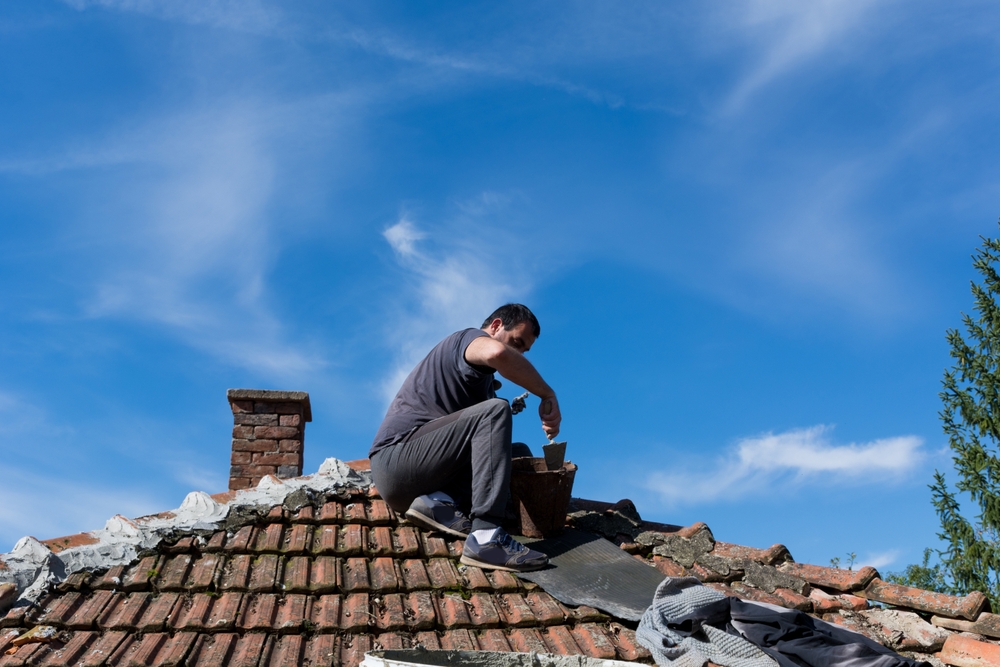Why Flat Top Roofing is Right for Your Commercial Needs
When it comes to commercial roofing, business owners and facility managers face a critical decision in selecting the right roofing system for their buildings. The roof is one of the most important components of any structure, providing protection, energy efficiency, and durability. Among the various options available, flat top roofing has become a preferred choice for many commercial properties. This type of roofing system is not only practical but also offers long-term benefits that make it a sound investment for your business. In this blog, we will explore the reasons why flat top roofing is the ideal solution for your commercial roofing needs, discussing its unique features, maintenance considerations, and overall value.
The Benefits of Flat Top Roofing
Flat top roofing is known for its simplicity and efficiency. Unlike sloped roofs, flat roofs offer a straightforward design that minimizes complications during installation and repair. One of the primary advantages of flat top roofing is its cost-effectiveness. The materials used, such as modified bitumen, TPO, and EPDM, are often less expensive than those required for more complex roofing systems. Additionally, the installation process is faster, reducing labor costs and downtime for your business operations.
Flat roofs also maximize the usable space of your building. By eliminating the steep slopes seen in traditional roofing systems, flat roofs provide additional areas for HVAC systems, solar panels, or even rooftop gardens. This feature is especially beneficial for urban commercial properties where space is at a premium. Moreover, flat top roofing allows for easy access during inspections, repairs, and routine maintenance, making it an efficient choice for property managers who prioritize functionality and convenience.
Energy efficiency is another critical factor that sets flat top roofing apart. These roofs often feature reflective coatings or materials that help reduce heat absorption, lowering cooling costs during warmer months. Combined with proper insulation, flat roofs contribute significantly to maintaining comfortable indoor temperatures and reducing energy bills—a win-win for both your business and the environment.
Why Flat Top Roofing Meets Commercial Roofing Needs
Flat top roofing is tailored to meet the specific requirements of commercial buildings. One of the most significant aspects is its durability. Modern flat roofing systems are designed to withstand harsh weather conditions, including heavy rain, wind, and snow. Many materials used in flat roofs have excellent waterproofing properties, ensuring that your commercial property remains protected from water damage.
Another reason flat top roofing is suitable for commercial roofing needs is its adaptability to various building designs and sizes. Whether you manage a warehouse, retail space, or office complex, flat roofs can be customized to fit your unique structural and aesthetic requirements. This flexibility allows business owners to create a cohesive appearance while still ensuring functionality and reliability.
Flat top roofing also excels in minimizing disruptions to your operations. Unlike other roofing systems that may require extensive construction work, flat roofs can often be installed or repaired with minimal interference. This aspect is crucial for businesses that rely on uninterrupted operations to maintain productivity and revenue.
Flat Top Roofing Maintenance: Ensuring Longevity
Regular maintenance is vital to preserving the integrity of your flat top roofing system. While flat roofs are generally low-maintenance, proactive care can extend their lifespan and prevent costly repairs down the line. Routine inspections are essential to identify any signs of wear and tear, such as cracks, leaks, or pooling water. Addressing these issues early can prevent them from escalating into more significant problems that could disrupt your business.
Cleaning is another key component of flat top roofing maintenance. Over time, debris such as leaves, dirt, and branches can accumulate on the surface, leading to clogged drainage systems and potential water damage. Scheduling regular cleanings ensures that your roof remains clear and functions efficiently. Additionally, applying protective coatings and sealants can enhance the durability of your flat roof, providing an extra layer of defense against UV rays, moisture, and other environmental factors.
Partnering with a professional roofing contractor is highly recommended for maintaining your flat roof. Experienced professionals have the expertise and tools to perform thorough inspections, repairs, and maintenance tasks. Establishing a long-term relationship with a trusted contractor ensures that your flat top roofing receives the care it needs to perform optimally throughout its lifespan.
Cost Considerations for Flat Top Roofing
Investing in flat top roofing is a smart financial decision for commercial property owners. The initial cost of installation is often lower than that of traditional sloped roofs, making it an attractive option for businesses seeking affordability without compromising quality. Moreover, the energy efficiency of flat roofs can lead to significant savings on utility bills over time, helping you recoup your investment.
Maintenance costs for flat roofs are also manageable compared to other roofing systems. The simplicity of the design allows for easier access, which translates to lower labor costs during inspections and repairs. Additionally, the longevity of flat top roofing materials reduces the frequency of replacements, further contributing to its cost-effectiveness.
When planning your budget for a flat roof, it’s essential to factor in potential upgrades, such as reflective coatings or enhanced insulation. These additions may require an upfront investment but offer long-term benefits in terms of energy savings and durability. Consulting with a professional roofing contractor can help you determine the most cost-effective options for your specific commercial roofing needs.
Making the Right Choice for Your Commercial Roofing Needs
Choosing the right roofing system for your commercial property is a decision that requires careful consideration of various factors, including cost, functionality, and long-term value. Flat top roofing offers a range of benefits that make it an excellent choice for business owners and property managers seeking a reliable and efficient solution.
From its cost-effectiveness and energy efficiency to its adaptability and ease of maintenance, flat top roofing is designed to meet the unique demands of commercial buildings. By investing in this roofing system, you can ensure that your property remains protected, functional, and visually appealing for years to come.
To maximize the benefits of flat top roofing, it’s essential to work with experienced professionals who understand the specific requirements of commercial properties. Partnering with a trusted roofing contractor ensures that your installation and maintenance needs are handled with expertise and precision, allowing you to focus on running your business with confidence.
Conclusion
Flat top roofing stands out as a practical and cost-effective solution for addressing your commercial roofing needs. Its combination of durability, energy efficiency, and low maintenance requirements makes it a valuable investment for any business. By choosing flat top roofing, you’re not only enhancing the functionality and appearance of your property but also making a smart decision that supports your long-term goals.
Need Certified Roofers Near You?
Here at Triad Roofing & Services LLC, we take pride in being your trusted local roofing experts since 1979, serving Tuscarawas, Coshocton, and Holmes counties with top-quality craftsmanship and dependable service. Whether you need a brand-new roof, expert repairs, or the materials to tackle the job yourself, we’ve got you covered—especially with our specialty in low-sloped roofs for residential, commercial, and industrial properties. We believe your peace of mind starts with a sturdy roof, and that’s why we offer free estimates and personalized consultations. Give us a call or stop by today, and let’s make sure your roof is one less thing to worry about!


